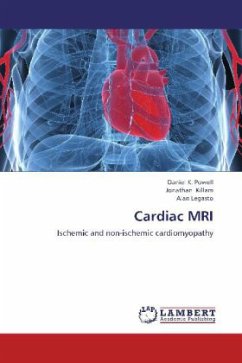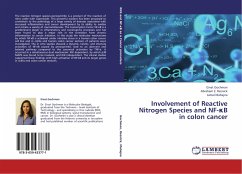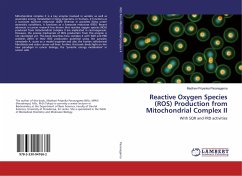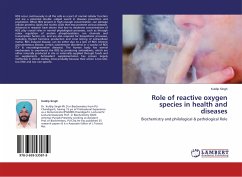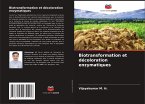Reactive dyes have been identified as problematic compounds in wastewater from textile industries as they are water soluble and cannot be easily removed by conventional aerobic biological treatment systems. The bioflocculant is effective in flocculating a kind of reactive soluble dye (Cibacron yellow FN_2R) in aqueous solution. A bioflocculant producing bacterium was isolated from wastewater and sediments of Close Drainage Systems (CDS) located at the Prai area of Penang, Malaysia. The treat-ability of a reactive dye (Cibacron yellow FN_2R) by sequencing batch reactor and the influence of the dye on concentration on system performance were investigated in this study. Employing reactive dye by Sphingomonas paucimobilis bacteria at sequence batch reactor is a novel approach of dye removal. The book shows a bioflocculant produced by Sphingomonas paucimobilis was effective for the reduction of dye (Cibacron Yellow FN-2R).

